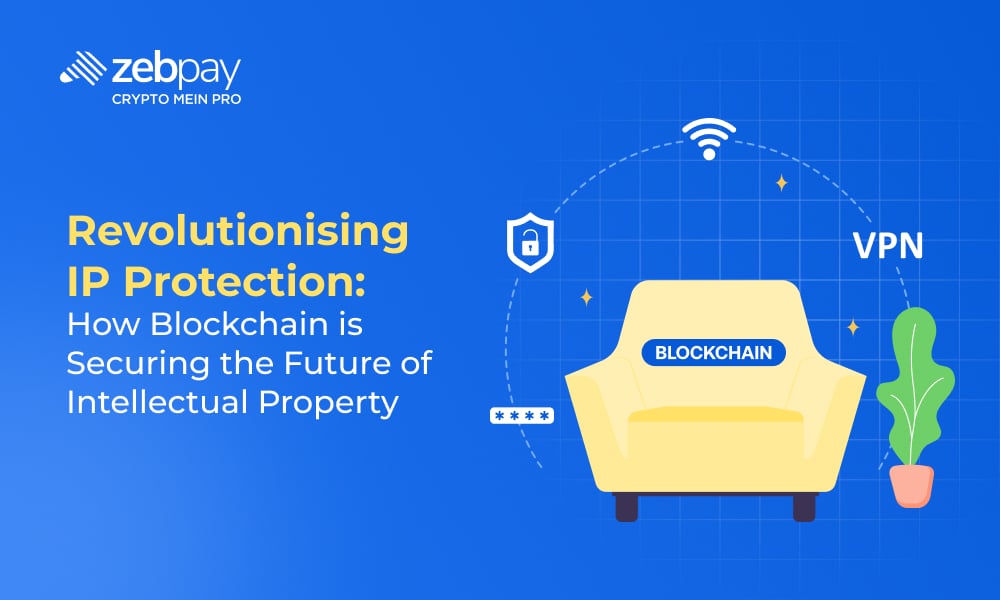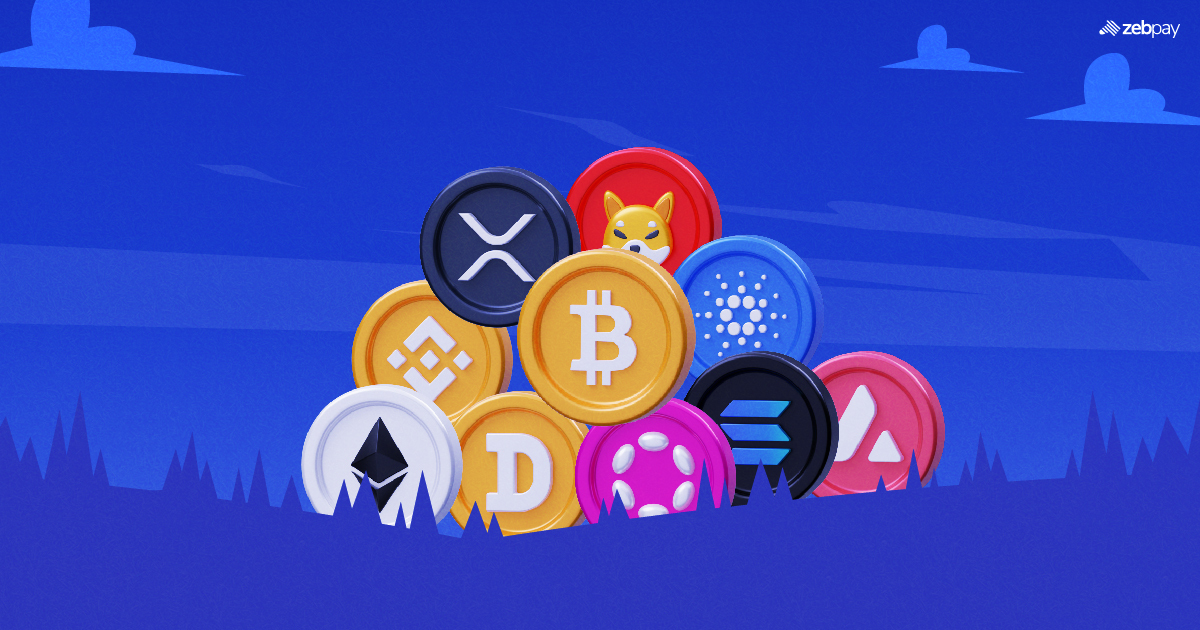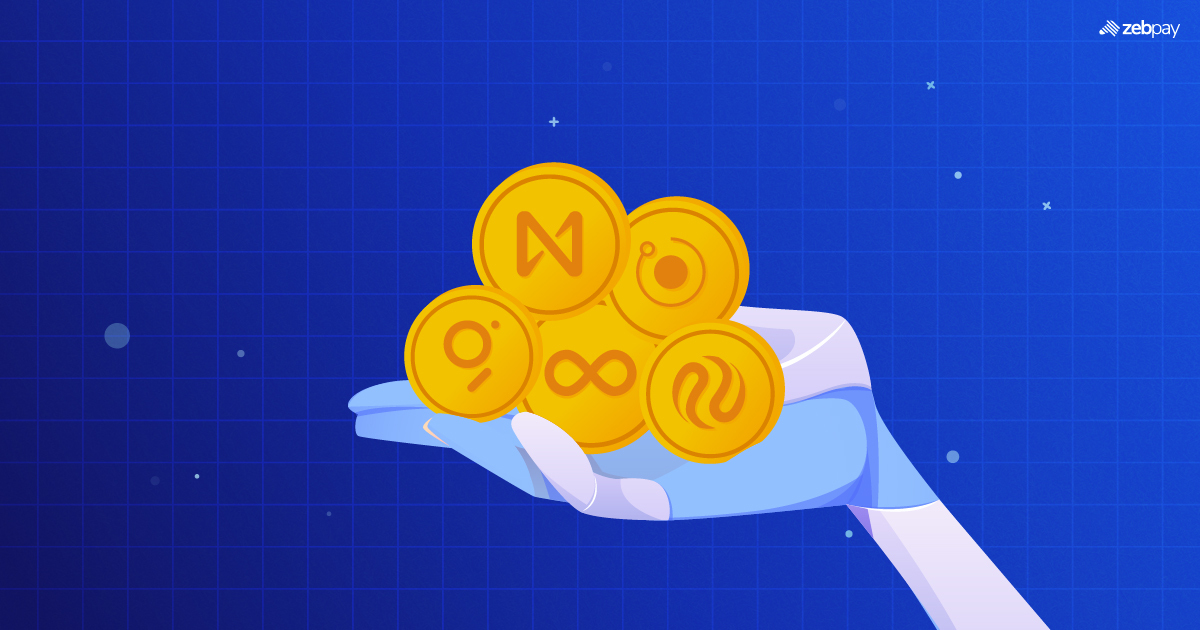Digital content and communication platforms, as well as user-generated content and social media, have allowed intangibles, such as movies, music, and brands, to be exposed more widely across the globe. This greater ease of access has enabled owners of intellectual property (IP) to share their work with many countries. But as cultural material and brands expand their reach, it’s even more imperative to protect the corresponding IP rights. Consequently, IP organisations, courts, and legislators, worldwide, must reform laws to fit in with novel ways of sharing and monetising intangible assets, and protecting them effectively.
Secondly, Web 3.0 is on another full rollout, and new technologies like augmented reality (AR), blockchain, crypto, artificial intelligence (AI), and non-fungible tokens (NFT) are set to provide the foundation of this new era. Among these, blockchain has already begun assisting throughout an IP asset’s lifecycle—from registration and verification to preservation. Let’s explore further how blockchain can enhance IP rights’ protection.
Current challenges in the IP ecosystem
Let’s explore some of the current challenges facing the IP ecosystem:
The complexities of IP registration
Registration and enforcement of IP rights are disaggregated across national and international entities, making them inefficient, slow, and expensive for IP owners.
Unreliable and untraceable
Standard IP systems lack visibility in identifying the use, transfer, and licensing of IP. This makes it difficult for IP owners to track misuse.
Inefficient Royalty Management
Royalty administration is cumbersome, slow, and costly, especially if the country or platform is multiple. Artists, writers, and designers wait to be paid.
Piracy and Unauthorised Use
Unauthorised reproduction and distribution of copyrighted content remain significant issues in the digital world, with IP holders often struggling to enforce their rights globally.
Difficulty in Licensing and Monetization
Licensing IP rights is often a manual, complex process that lacks transparency and involves significant legal and administrative costs.
How can blockchain revolutionise IP ecosystems?
Blockchain technology has the potential to solve some of the biggest problems of today’s IP landscape. A decentralised, blockchain-based IP registry could serve as a global registry and registry for IP rights. Artists would have the opportunity to timestamp their work with certainty, delivering verifiable evidence of ownership and originality in a transparent, impermeable format. Blockchain’s infallible ledger enables the entire lifecycle of an IP property, from creation through rights transfers and licence agreements, to give you more traceability and less potential for infringement.
The blockchain smart contract will automatically execute royalty payments based on set conditions (like usage limits). This makes sure money is allocated to everyone, timely and transparently. You can also digitally mark content with watermarks or tokens created by the blockchain that trace digital content back to its author so that consumption of the content can be more easily tracked and piracy discovered.
Blockchain can also simplify dispute resolution by decentralised arbitrages, in which all parties enter a transaction to resolve disputes through transparent, permanent blockchain records. This can make outcomes faster and cheaper. In addition, smart contracts enable IP licences to be easily and automatically managed, so IP licences can be executed easily and transparently around the world, at a lower cost and with greater accessibility for smaller artists.
Key components of blockchain-based IP ecosystems
A blockchain IP ecosystem has several major pieces that combine to make IP assets effectively managed, protected, and monetized. Here are some critical components:
Decentralised Ledger
- At the heart of every blockchain platform, a decentralised ledger securely stores all IP-related transactions and data. This ensures that ownership, transfers, and licences are transparent and secure. Moreover, it provides an immutable record of IP ownership and history, allowing for easy verification and tracking of rights.
Smart Contracts
- Contracts that self-implement where the contract terms are implemented into code. Smart contracts take care of licensing, royalty, and usage tracking, along with lowering the amount of middlemen, optimises and automates licensing agreement compliance.
Tokenization
- Conversion of IP properties to blockchain digital tokens (possibly as owner rights, use rights, or revenue shares). Either fungible (crypto) or non-fungible (NFTs) allow trading, licensing, and fractional ownership of IP assets, which gives creators greater flexibility when monetizing their creations.
Decentralised Applications (dApps)
- Blockchain-based applications that offer a range of IP-management services such as IP-right trading platforms, IP-licensing services, and IP-asset auctions. Furthermore, they offer various ecosystem features and enable users to interact with their IP resources in new ways.
Read more: Dapps
Data Privacy and Security Mechanisms
- Technologies and protocols to ensure the security and privacy of sensitive information related to IP rights. This includes encryption, data masking, and secure access controls. They also protect sensitive information, such as ownership details and licensing terms, from unauthorised access while ensuring the integrity of the data on the blockchain.
Real-world use cases
A variety of businesses and organisations are already using blockchain to protect IP, and they can share their use cases across industries. Here are some notable examples:
IBM’s IPwe Platform
IBM collaborated with IPwe, which leverages blockchain to build a world patent registry and marketplace. The platform allows patent holders to list their patents to be sold, licensed, or used for other business models using blockchain’s transparency and traceability. Smart contracts streamline operations and make licensing or selling IP rights easier.
Ascribe
Ascribe allows creators, photographers, and artists to store their digital work in a permanent, blockchain-based connection between the artist and the work. This allows the authors to keep the ownership rights if their works are published online or sold. Blockchain guarantees clear and irreversible ownership and provenance.
Po.et
Po.et, a blockchain-based time stamp and tracking system for digital content like articles, blogs, and more, lets you track who owns what. When creators register their content, they can claim ownership over and have control over its use or licensing on the blockchain.
Benefits and Challenges
Now let’s discuss the most important strengths and weaknesses of blockchain implementation in IP ecosystems:
Benefits
Permanent Document of Ownership
Blockchain will help maintain a permanent, chronological register of IP ownership. The ownership record cannot be revoked or changed once entered on the blockchain, providing solid proof when disputes arise over who created or owns an IP property.
Transparency and Traceability
Every transaction or transfer of ownership involving an IP asset can be tracked on the blockchain, offering complete transparency. This can help IP holders monitor how their rights are being used and ensure proper attribution across platforms.
Streamlined Licensing and Royalty Distribution
Smart contracts enable the automated processing of licensing agreements and royalty payments. IP owners can impose terms (e.g., usage restrictions, licensing fees) into a smart contract, which executes the agreement and reimburses payments on fulfilment.
Challenges
Uncertainty from Legal and Regulatory Perspective
Although blockchain is an appropriate technological remedy, the laws governing the enforcement of blockchain IP rights are in some places still lacking. Appeal courts might not treat blockchain records as binding legal evidence, and the lack of a clear regulatory framework makes enforcement tricky.
Scalability and Transaction Costs
Blockchain networks, especially public blockchain networks such as Ethereum, are prone to scaling problems. Transaction costs increase as the number of users increases, and it can be costly to acquire IP rights or exchange them on the blockchain. It also impacts transaction times due to network congestion.
Permanent Records and Data Privacy
Immutability is both blockchain’s advantage and its disadvantage. Data cannot be edited or deleted after it has been uploaded to a blockchain, which might be an issue with data privacy laws (e.g., GDPR in Europe) where the data owner has a “right to be forgotten.”
Future outlook
Blockchain’s future for IP protection is looking good, but this will come down to a few variables. These are some trends and developments that may influence things:
Growing Implementation of Blockchain Solutions.
Adoption is going to get faster the more creators, businesses, and institutions understand blockchain’s usage for IP protection, which would allow for the creation of even more networks that use blockchains to register, manage, and enforce IP rights.
Development of Legal Frameworks
The creation of clearer legal frameworks and regulations surrounding blockchain technology and IP rights will be crucial. As governments and international organisations begin to formulate policies addressing blockchain’s role in IP, it will enhance legitimacy and foster greater confidence among users and investors.
Integration with Emerging Technologies
Blockchain will also be combined with other upcoming technologies like artificial intelligence (AI), the Internet of Things (IoT), and augmented reality (AR). It might further develop IP protection services with instantaneous monitoring, automatic licensing, and additional security features.
Conclusion
Blockchain technology can have a massive impact on changing the way IP rights are enforced and managed. By providing secure proof of ownership, smart contract-based automated licensing, and improved transparency, blockchain could circumvent most of the inefficiencies and drawbacks of traditional IP platforms. Creators, companies, and institutions can take advantage of more safety, less dependency on third parties, and internationalised IP management in any jurisdiction.
But widespread adoption will take work to get past regulatory obstacles, and scalability issues, and educate users on the benefits of the technology. As blockchain develops with the emergence of new technologies, IP protection through blockchain can help secure innovation and creativity in an increasingly digital world.
Unravel everything that you need for your crypto journey via ZebPay blogs. Get started today and join 6 million+ registered users on ZebPay!







